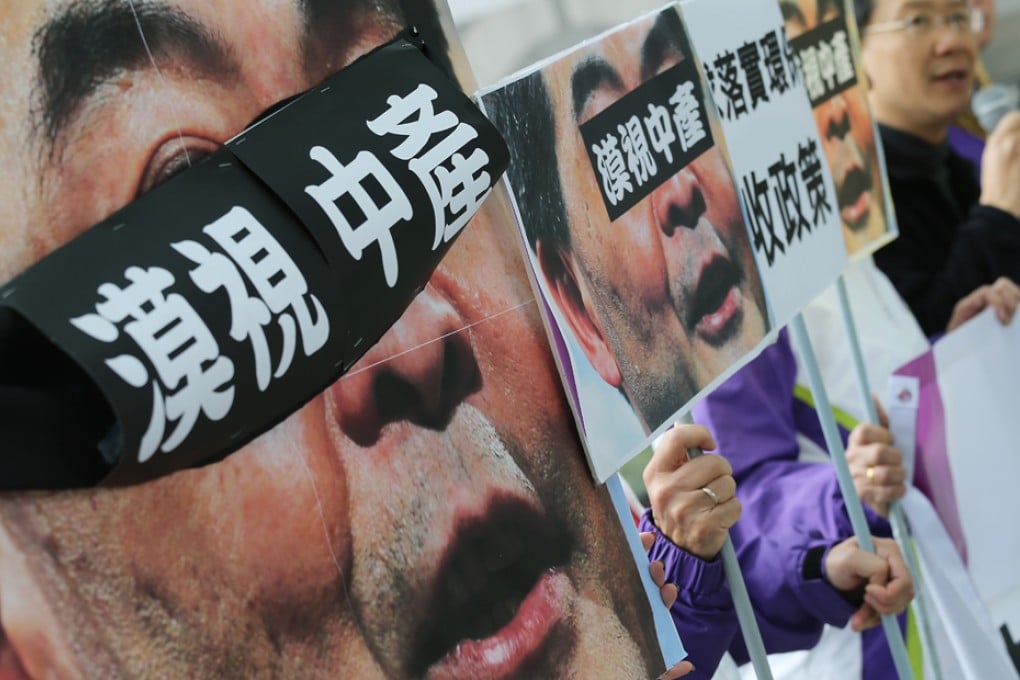Opinion | Middle class finds it's all give, no take
'Silent majority' may be hard to define, but leaders must listen as its complaints get louder

Who belongs to the middle class? A joke doing the rounds in political circles has it that the person who solves the conundrum could be wise enough to become chief executive.
While the government defined the poor when it set the city's first poverty line last year, there has never been an official definition of the middle class.
But when Chief Executive Leung Chun-ying finished his second policy address, he might well have realised that his "spend what must be spent" push to alleviate poverty would have upset the middle class, whose interests were ignored.
Some critics warned the move may lead to conflicts between the poor and the middle class - a class once full of confidence but now stricken by financial and political discontent.
Various demands and expectations are floated at policy-address time every year, and no chief executive can be expected to please everyone with his annual blueprint.
Leung's decision this year to make taking care of the working poor his top priority was well understood. So why does it appear to have backfired? It certainly isn't as simple as a lack of instant goodies. Rather, it's because many of those labelled as middle class see themselves as working poor, too.
It all comes back to the definition of middle class, also known as the "sandwich class" or "silent majority".
